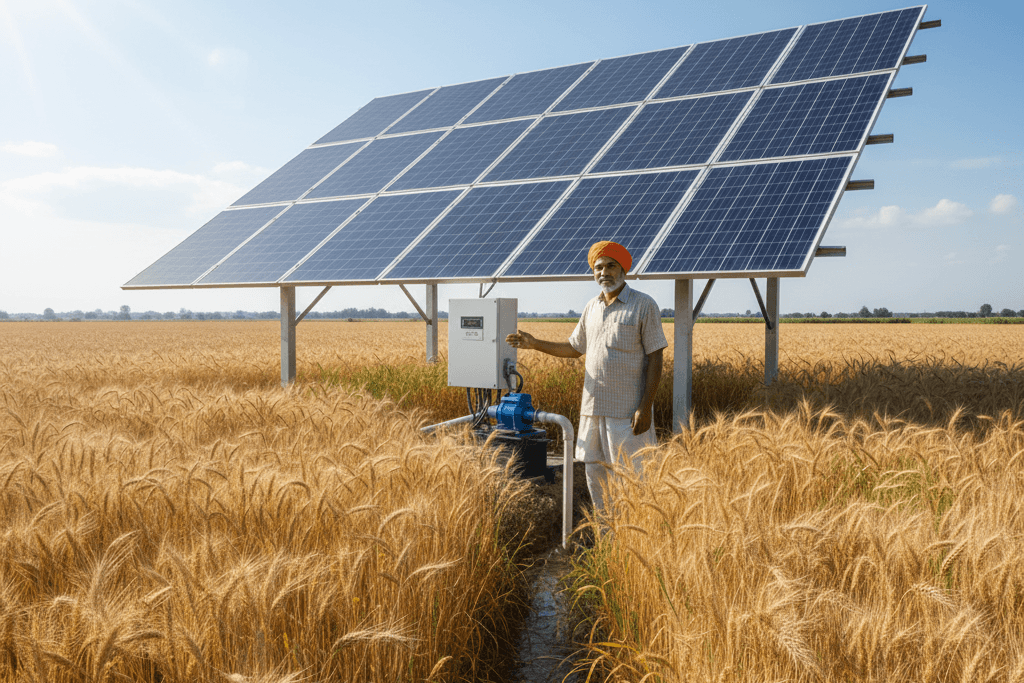
PM KUSUM Guide for Farmers
How farmers can apply and use PM KUSUM
- Check eligibility and component fit. Determine whether standalone pump, pump solarisation or a small solar plant makes sense for your land and water needs. Visit the national MNRE page for component details.
- Contact your state nodal agency or local electricity distribution company. Many states have dedicated PM KUSUM portals where you can register and track applications. Examples include state portals that publish beneficiary lists and contact details.
- Gather documents. Typical requirements are identity, land proof, Aadhaar, a recent electricity bill if grid connected, and bank account details for subsidy transfer. Some states ask for pump details and photos.
- Submit application. Apply through the state portal or at a district office. Keep your registration number and follow up with the nodal officer. The installer or vendor often helps with technical specifications and commissioning.
- Commission and maintain. After installation, ensure proper metering and any required agreements with the distribution company so you can sell surplus power at the approved tariff. Regular maintenance keeps pumps and panels efficient for many years.
Practical Tips
Practical tips for faster approval and smooth operation include joining farmer groups to negotiate better vendor rates, using accredited installers only, and keeping all receipts and commissioning documents safe for subsidy and loan processes. If you need credit, combine the Kisan Credit Card facility with the subsidy to manage any remaining cost. State schemes sometimes top up central support so check local incentives as well.
Where to find official information
Start with the Ministry of New and Renewable Energy official page for PM KUSUM and then open your state PM KUSUM portal for registration and beneficiary lists. Your district agriculture office and local renewable energy nodal agency can also guide you through documentation and vendor selection. National resources provide scheme structure and targets while state pages give application links and contact details.
At Kisan Near Me we can help list accredited vendors, prepare application checklists and connect farmer groups to state nodal officers. If you want a district specific checklist and a step by step guide that you can print or share in local language, contact our support team. Use our solar pumps directory to find installers near you.s
Other Blogs

Farmers, Traders, and Buyers: The New Age Connection in Agriculture

Digital Mandis: How Technology is Transforming Indian Agriculture
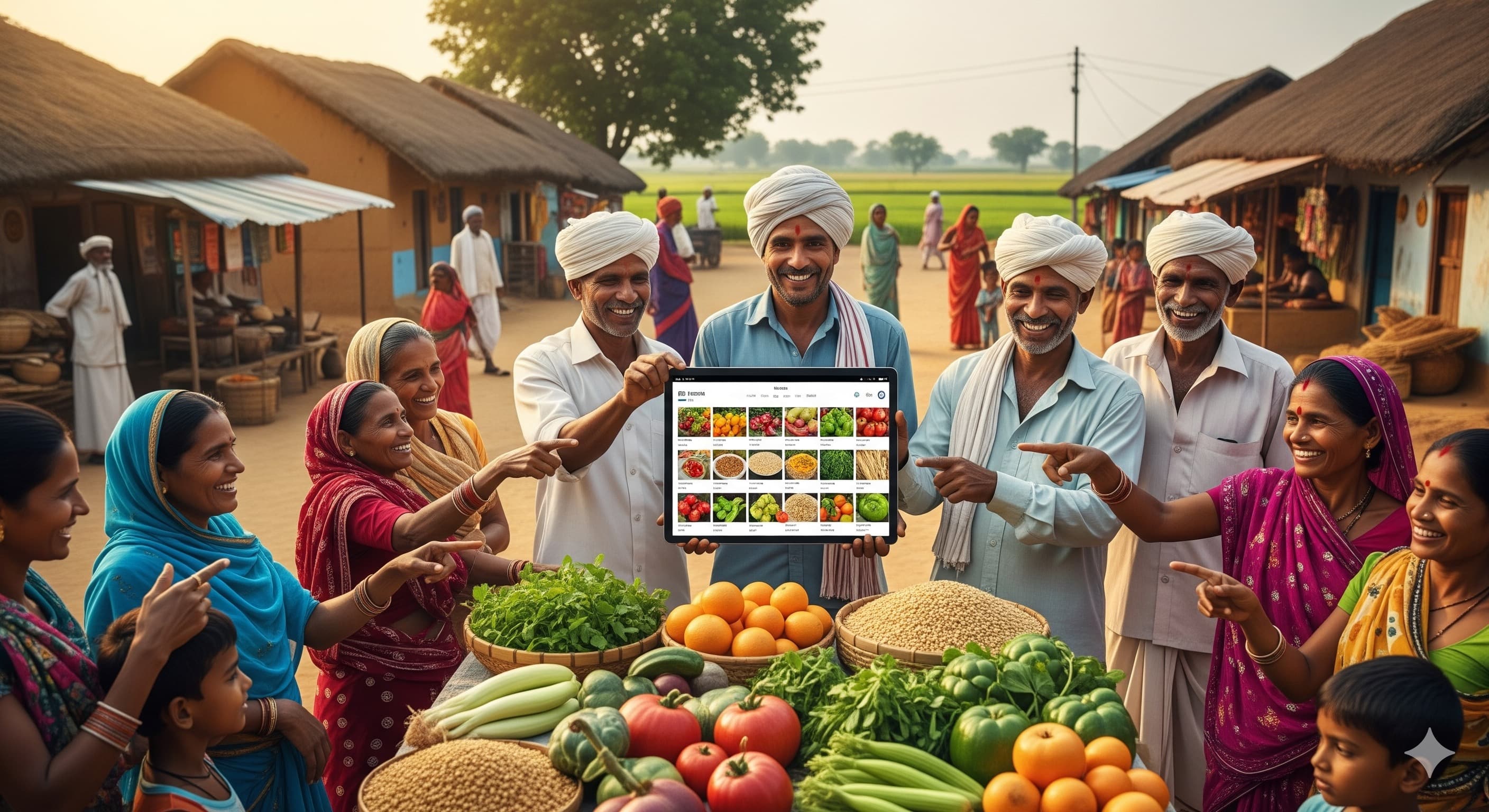
Why Local Agricultural Platforms Matter for Rural Growth

Agriculture Trading Made Simple: Benefits of Connecting Directly

The Rise of Digital Platforms in the Indian Agri-Market
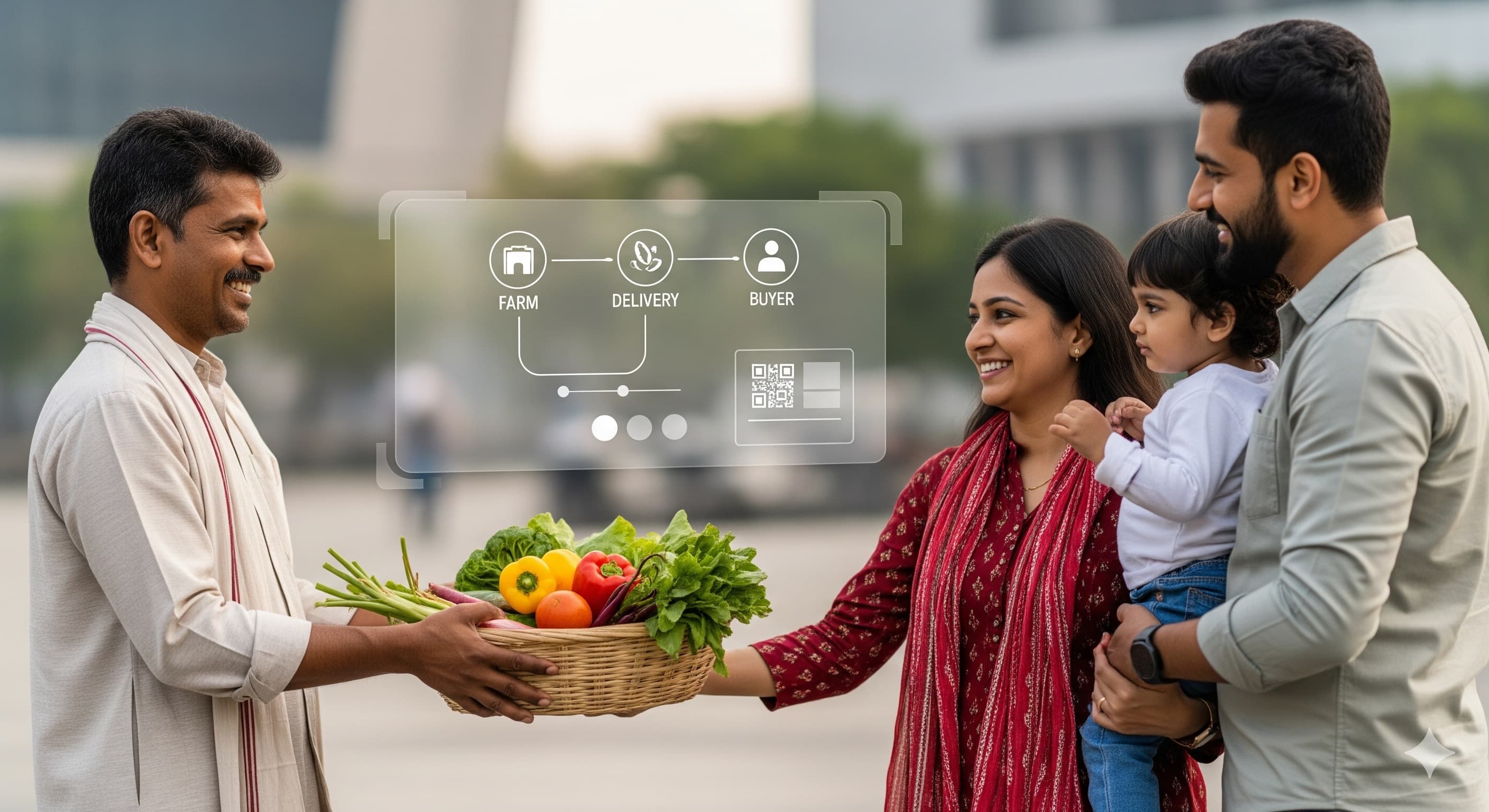
Building Trust in Agriculture: Why Transparency Matters

Connecting Farmers and Traders: A Win-Win for Everyone
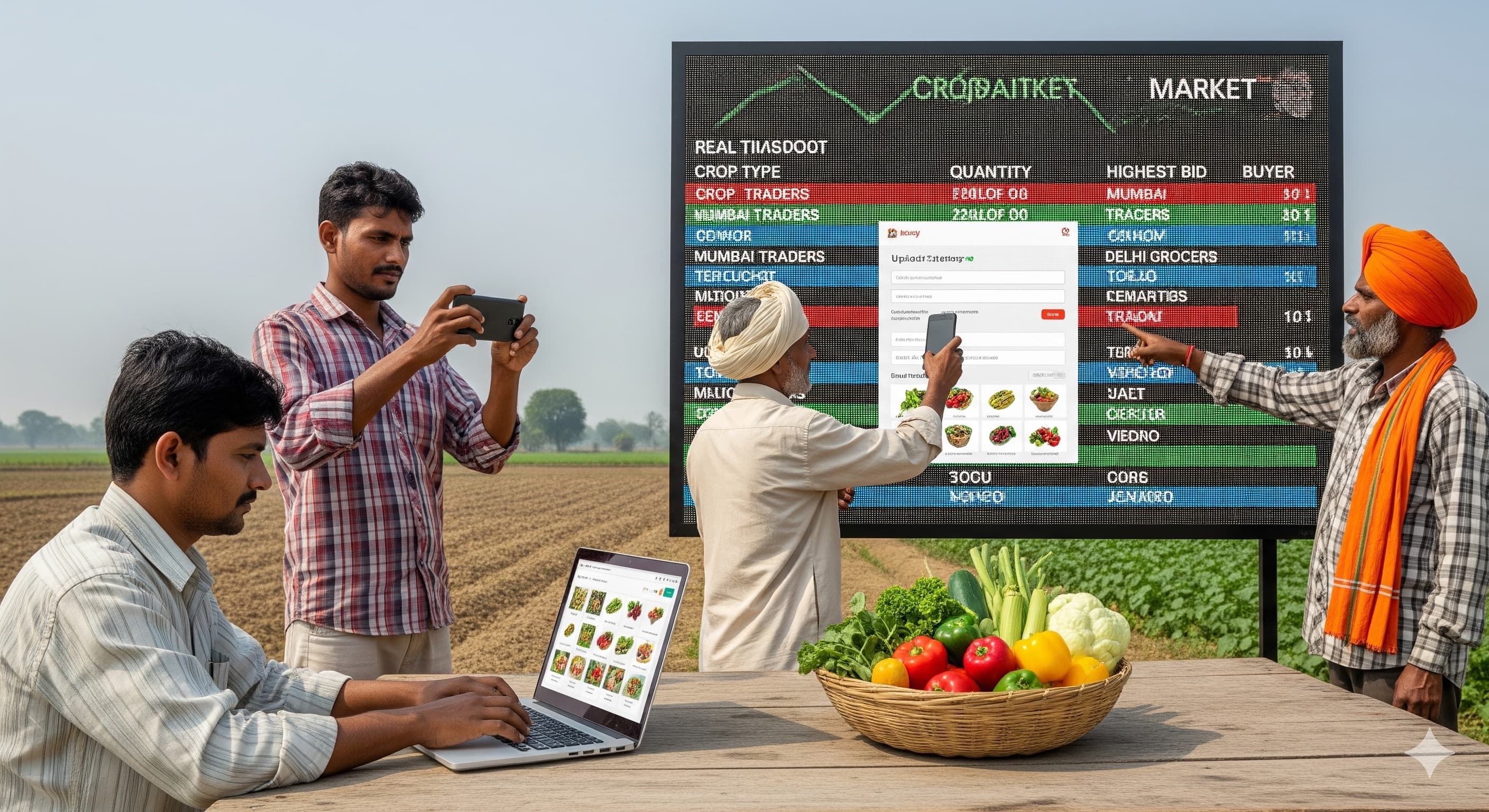
How Online Mandis Are Reshaping Agricultural Trade
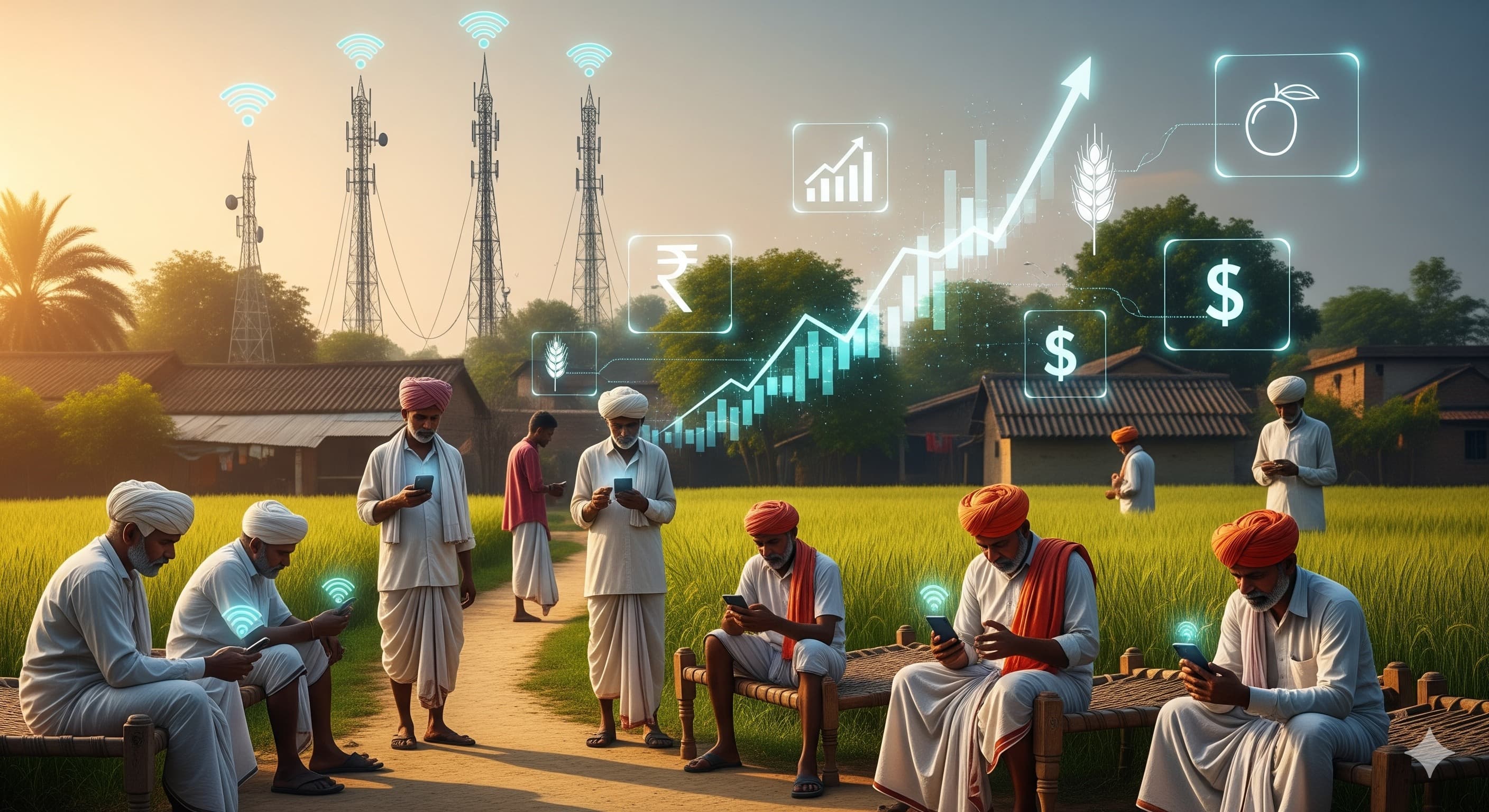
The Role of Technology in Strengthening Agriculture Supply Chains
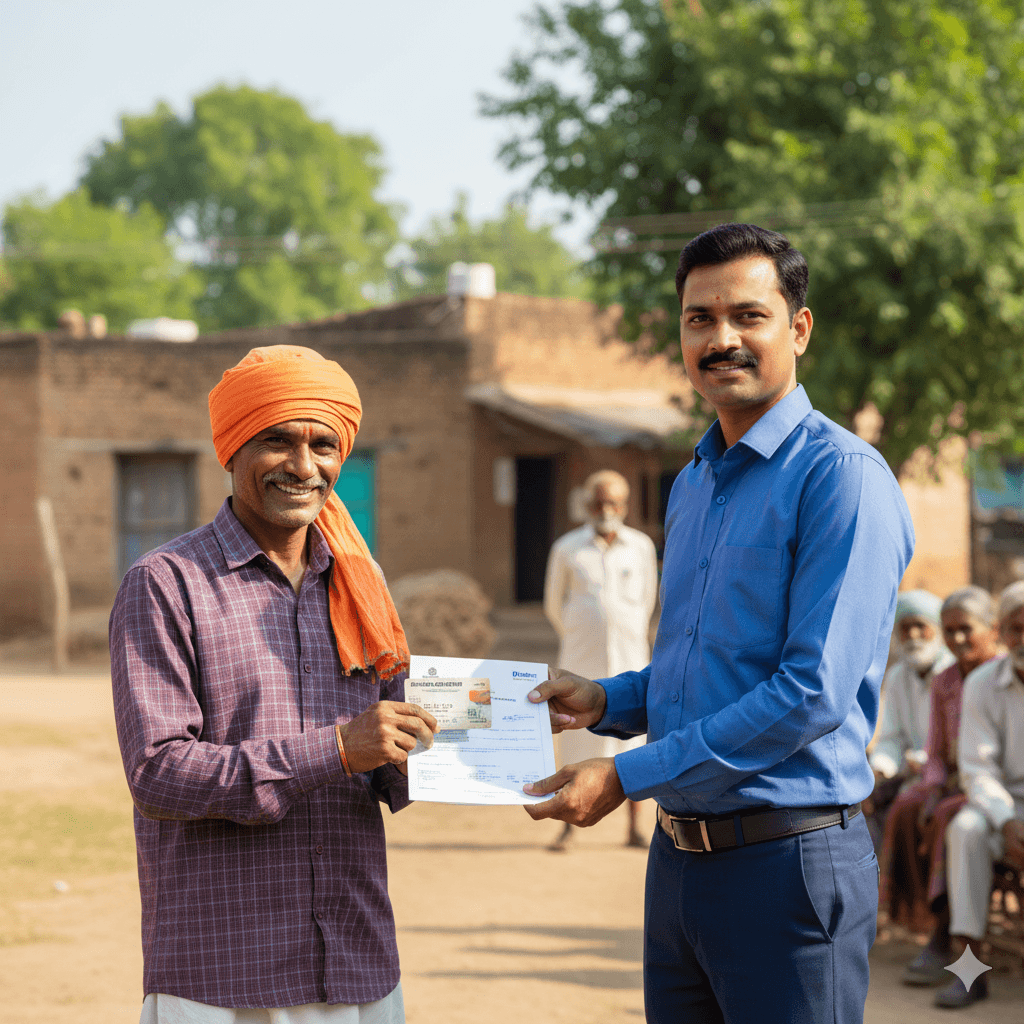
Kisan Credit Card (KCC) & Modified Interest Subvention Scheme (MISS) – Guide for Farmers

Rashtriya Krishi Vikas Yojana (RKVY) – Complete Guide for Farmers
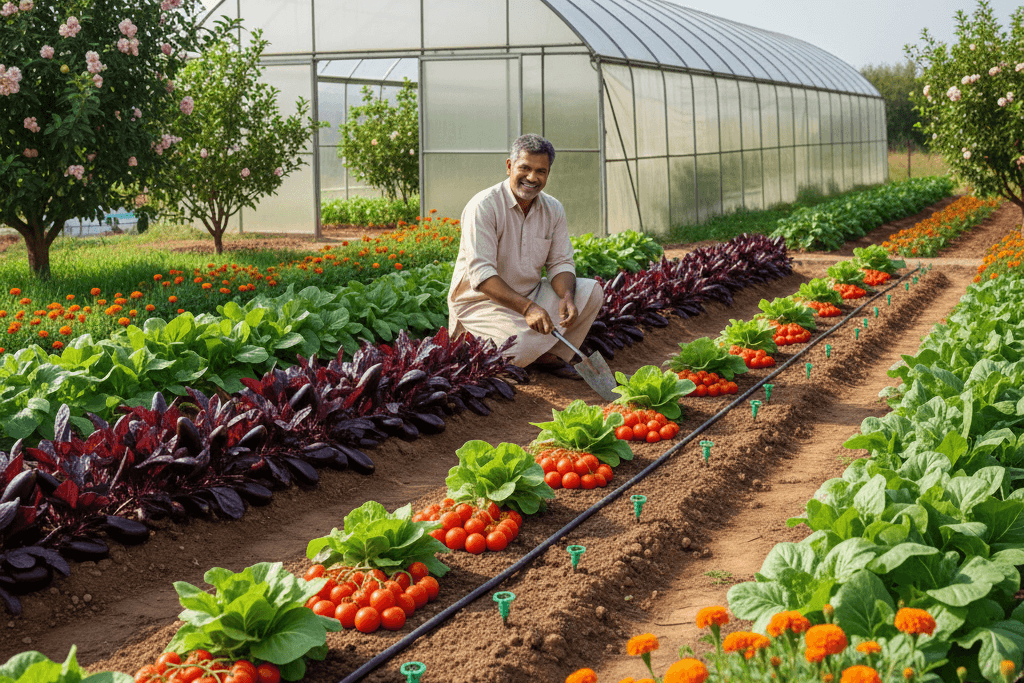
Mission for Integrated Development of Horticulture (MIDH) – Guide for Farmers

Agriculture Infrastructure Fund (AIF) – Complete Guide for Farmers
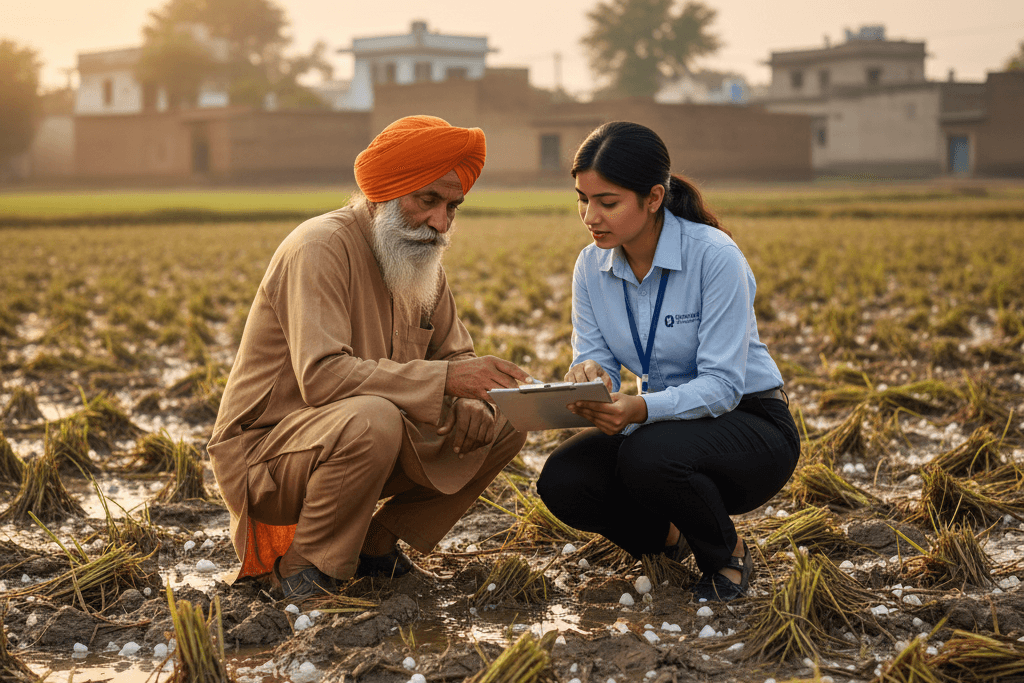
Pradhan Mantri Fasal Bima Yojana (PMFBY) – Complete Crop Insurance Guide

Complete Guide to PM Kisan Samman Nidhi Scheme for Indian Farmers

PM KUSUM Guide for Farmers